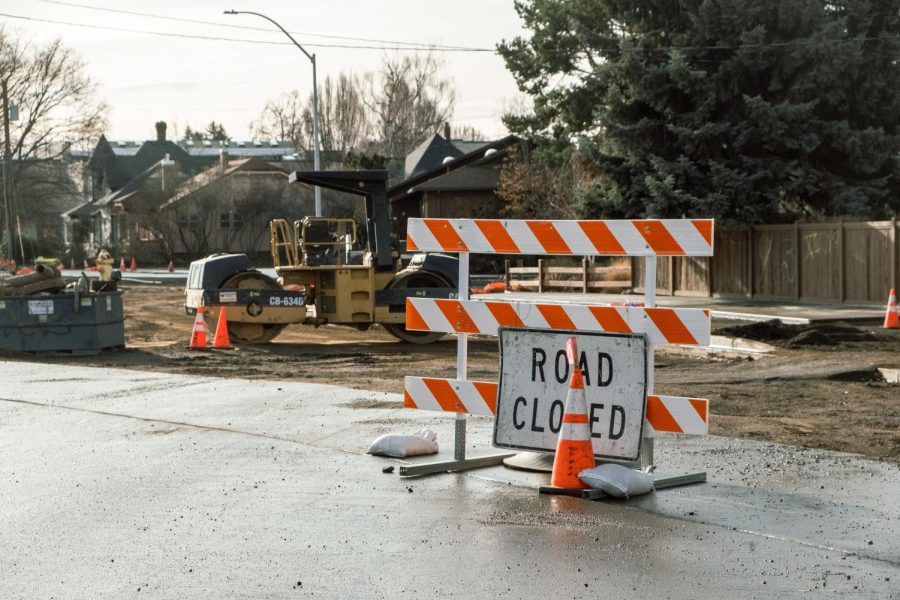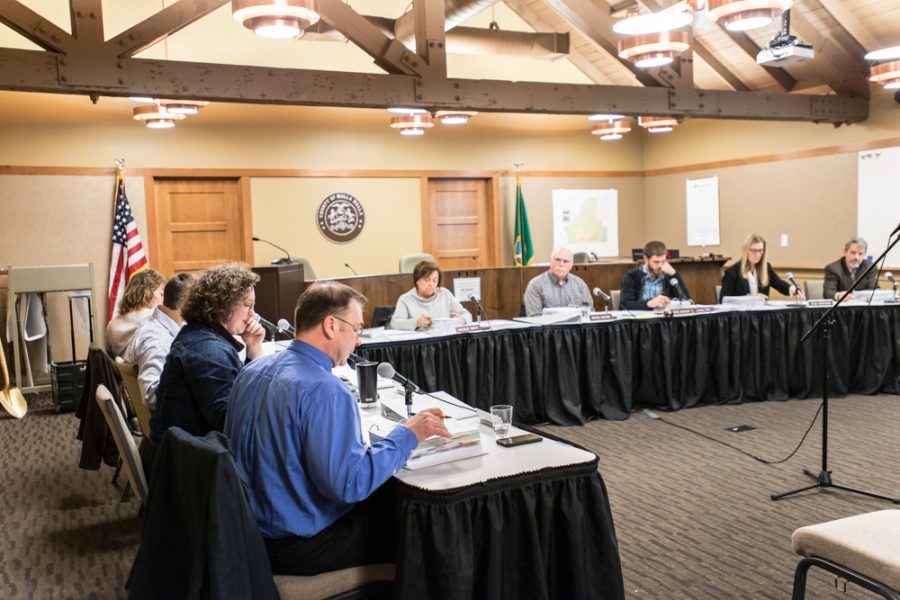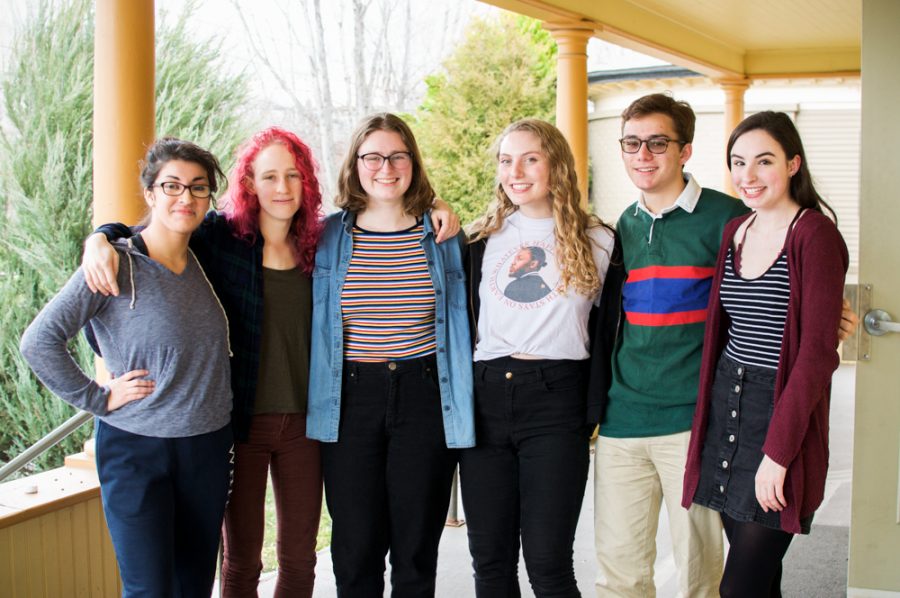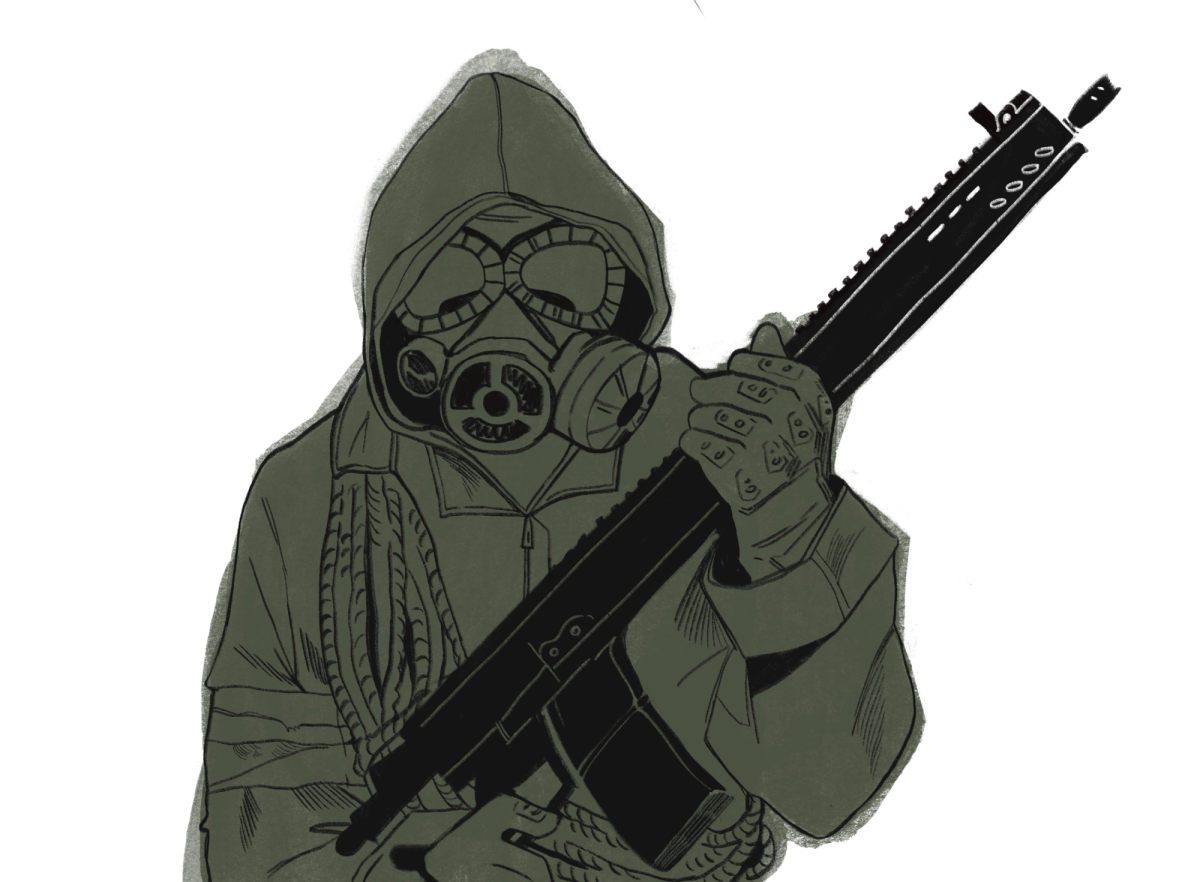“Sometimes I go by it, and I’ll remember it and I’m like, I don’t ever want to go back there.”
When Kirsten Ratliff passes by the Christian Aid Center on Birch Street, she recalls the months during her adolescence when the building was her only home. At age 11, Ratliff and her family lost their house, and, with no other options available to them, moved into the family house operated by the Christian Aid Center, where they stayed for a summer and into the beginning of the school year.

Ratliff’s mother and father didn’t discuss the details of their financial troubles with her.
“They were just like, we don’t have anywhere to go, this is what we’re going to have to do, you’re going to live here whether you like it or not, because there’s no other option,” she said. “I remember starting sixth grade in the homeless shelter.”
Ratliff, her parents and her three sisters lived two to a bed in a one-bedroom apartment unit. The strict rules at the Christian Aid Center, cramped quarters and: most of all: the sense of being homeless were very hard for Ratliff and her family. But the facility provided them with two meals a day, clothing and school supplies. Most importantly, it put a roof over their heads and helped Ratliff’s parents find jobs and transition out of the home.
Ratliff’s family was able to benefit from the resources available to them in Walla Walla. If Ratliff had been alone, however, her story would be very different.
“There’s no actual youth shelter where its just youth by themselves that are homeless, but there’s a lot of homeless youth in Walla Walla,” said Marcus Hepler, housing coordinator at Helpline of Walla Walla.
Walla Walla has emergency shelters for women, men and families who find themselves without a place to stay the night. But there is nowhere for homeless youth to go.
“There’s nothing,” said Susan Kralman, Homelessness/Poverty Response & Grant Coordinator for the Department of Human Services in Walla Walla. “Nobody has resources for them.”
Kralman is working to start a shelter for homeless youth aged 13-17 in Walla Walla with Tim Meliah, Regional Coordinator of Catholic Charities of Walla Walla, and Teri Barila at the Walla Walla Community Network.
There are funds in Walla Walla to support youth to some extent. The school district can provide small things such as shoes, inhalers or an emergency cell phone call. But for a teen without a place to sleep at night, shoes aren’t going to solve the problem.
“It doesn’t give a kid stability so that he or she can excel in life or even think about their future,” Kralman said. “They’re just worried about survival.”
In Kralman’s work for the Department of Human Services, she compiles data from “Point in Time” surveys of homeless populations in Walla Walla county. The surveys are collected on one date each year; the idea is to get an estimate of the amount of homeless people in the county on any given date. These surveys are part of a statewide directive from 2005 that required each county to come up with a plan to reduce homelessness by 50 percent in 10 years. Seven years in, homelessness in Walla Walla has only declined slightly.
“We’re trying the best that we can, but there’s so many variables that we have no control over. We don’t have any control over the economy,” Kralman said.
Homeless populations can be difficult to measure because they don’t have a stable address, and homeless youth are particularly difficult to reach because there is no facility available to them. Still, the surveys from 2007-2011 suggest that there are around 20 unaccompanied homeless youth in Walla Walla on any given day.
Most of them are couch-surfing, according to Tim Meliah. Couch-surfing, the term used for teens who shift between homes of friends or acquaintances, can result in hazardous situations.
“This young girl: was living with two brothers of 30 years old. This 15-year-old girl was trading sex in order to have somewhere to live. That was happening here,” Meliah said.
Meliah’s example comes from a 2007-2008 study conducted by a Whitman student in a joint project with Whitman and the Walla Walla Community Network. Twenty-four homeless teens were interviewed in the study, which found that the top reasons that youth find themselves homeless in Walla Walla are drug use (mostly parental), imprisoned parents, strife or conflict with parents and neglect.
Meliah spoke about the consequences of homelessness for the youth and the community at large. He listed poor health from untreated medical ailments, as well as untreated and/or undiagnosed mental health issues.
“Or they’re self-medicating, which would be the drug use,” he said.
Homeless youth can have difficulty attending school regularly and are often in juvenile detention facilities.
“It’s a real strain on the community. Economically, if they’re going untreated for either mental health or for medical needs, then they’re ending up in our ERs, and it’s uncompensated care. So it’s costing the community,” Meliah said. “If they’re participating in crime, or selling drugs. If it’s vandalism or whatever else, it’s going to impact the community.”
Plans for a youth shelter are in progress. Meliah and Kralman envision a six-bed shelter that would serve both genders and would be open year-round. Though operating costs and licensing requirements would restrict the shelter to a night-only facility, Meliah hopes to form partnerships with other organizations in the community that could operate at the shelter during the day and provide additional services to the youth such as counseling, chemical dependency treatment, job skills training, etc.
The shelter is intended for short-term use.
“The idea is to get them in and . . . get them connected with services to bring stability to their lives and move them along,” said Kralman.
Before they can do this, however, they need to locate a site. The group is still getting past the obstacles involved in finding an appropriate facility for the youth shelter.
The facility is required to have fire sprinklers installed in order to be licensed as a youth shelter; this regulation has made it difficult to find a suitable facility. According to Kralman, several places have been suggested, but none of them ended up working.
“These kids can be in a detrimental situation, and that’s okay, but we don’t want to risk that there might be a fire in a house,” Kralman said.
The difficulties in getting the project going speak to the reasons why the need for a youth shelter is still unfilled in the community.
“There’s a high cost and big liability in taking on a shelter,” Meliah said.
Part of this liability is the threat of gang activity, according to Hepler.
Licensing requirements also state that staff of both genders must be at the facility overnight and must be awake at all times. A lead counselor must also be on site when youth are present. As a consequence, the shelter’s operating costs will be around $100,000 annually.
According to Meliah, fundraising efforts will gain momentum as more details about the shelter are fleshed out. Despite the substantial fundraising and coordinating efforts before them, Kralman and Meliah hope to open the shelter in 2013. Kralman believes that the county’s efforts to reduce homelessness are finally beginning to have an effect.
“I can see it all coming together,” she said.
















